
Fulham is an ancient and historic settlement within the London Borough of Hammersmith & Fulham in West London, England, 3.6 miles (5.8 km) southwest of Charing Cross. It lies in a loop on the north bank of the River Thames, bordering Hammersmith, Kensington and Chelsea, with which it shares the area known as West Brompton. Over the Thames Fulham faces Wandsworth, Putney, the London Wetland Centre in Barnes in the London Borough of Richmond upon Thames.

Hammersmith is a district of West London, England, 4.3 miles (6.9 km) southwest of Charing Cross. It is the administrative centre of the London Borough of Hammersmith and Fulham, and identified in the London Plan as one of 35 major centres in Greater London.

Arthur Murphy, also known by the pseudonym Charles Ranger, was an Irish writer and barrister. He established himself in London as a leading playwright.

Thomas James Cobden-Sanderson was an English artist and bookbinder associated with the Arts and Crafts movement.

The Kelmscott Press, founded by William Morris and Emery Walker, published 53 books in 66 volumes between 1891 and 1898. Each book was designed and ornamented by Morris and printed by hand in limited editions of around 300. Many books were illustrated by Edward Burne-Jones. Kelmscott Press books sought to replicate the style of 15th-century printing and were part of the Gothic revival movement. Kelmscott Press started the contemporary fine press movement, which focuses on the craft and design of bookmaking, often using hand presses. While their most famous books are richly decorated, most Kelmscott Press books did not have elaborate decoration, but were published simply.
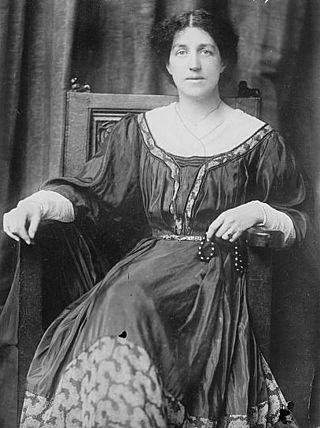
Mary "May" Morris was an English artisan, embroidery designer, jeweller, socialist, and editor. She was the younger daughter of the Pre-Raphaelite artist and designer William Morris and his wife and artists' model, Jane Morris.

West Kensington, formerly North End, is an area in the ancient parish of Fulham, in the London Borough of Hammersmith and Fulham, England, 3.4 miles (5.5 km) west of Charing Cross. It covers most of the London postal area of W14, including the area around Barons Court tube station, and is defined as the area between Lillie Road and Hammersmith Road to the west, Fulham Palace Road to the south, Hammersmith to the north and West Brompton and Earl's Court to the east. The area is bisected by the major London artery the A4, locally known as the Talgarth Road. Its main local thoroughfare is the North End Road.
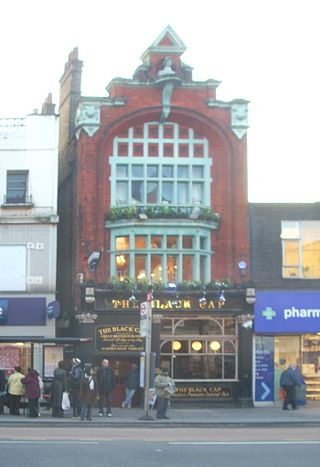
The Black Cap was a pub in Camden Town, London known for its drag cabaret, and popular from the mid-1960s until it closed in April 2015. In January 2024, reports emerged that first steps had been taken together with the council to reopen The Black Cap at the same site, which had been left vacant since the venue's closure in 2015.
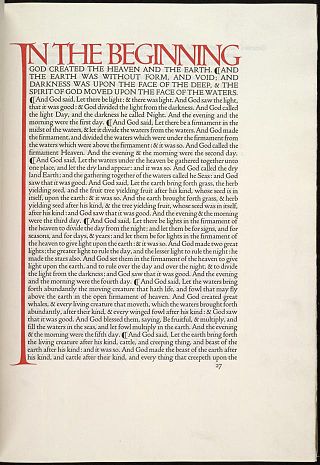
The Doves Press was a private press based in Hammersmith, London. During nearly seventeen years of operation, Doves Press produced notable examples of twentieth-century typography. A distinguishing feature of its books was a specially-devised typeface, known variously as Doves Roman, Doves Press Fount of Type, or simply Doves Type.

Sir Emery Walker FSA was an English engraver, photographer and printer. Walker took an active role in many organisations that were at the heart of the Arts and Crafts movement, including the Art Workers Guild, the Society for the Protection of Ancient Buildings, and the Arts and Crafts Exhibition Society.
Fine press printing and publishing comprises historical and contemporary printers and publishers publishing books and other printed matter of exceptional intrinsic quality and artistic taste, including both commercial and private presses.
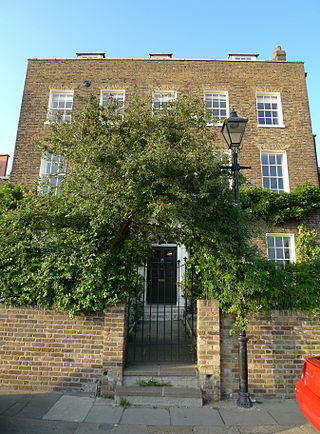
Kelmscott House is Grade II* listed Georgian brick mansion at 26 Upper Mall in Hammersmith, overlooking the River Thames. Built in about 1785, it was the London home of English textile designer, artist, writer and socialist William Morris from 1878 to 1896.

Wick House is a Grade II listed house in Petersham, London, located near the corner of Nightingale Lane and Richmond Hill. The painter Sir Joshua Reynolds commissioned the house from Sir William Chambers and it was completed in 1772.

The Hammersmith Ghost murder case of 1804 set a legal precedent in the UK regarding self-defence: that someone could be held liable for their actions even if they were the consequence of a mistaken belief.

7 Hammersmith Terrace is an historic house in the London borough of Hammersmith and Fulham, England, and the former home of English engraver and printer Emery Walker. Walker was an important figure in the English Arts and Crafts movement, and a close friend of textile designer William Morris, who lived nearby. During his life, Walker furnished the home in an Arts and Crafts style, reflecting his friendships with Morris and others.
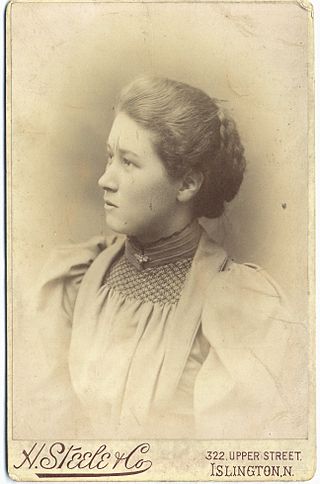
Mary Annie Sloane was an English artist associated with the Arts and Crafts movement.
Katharine Adams was a British bookbinder famous for her detailed leather bindings.

Julia Sarah Anne Cobden-Sanderson was an English socialist, suffragette and vegetarian.

The Golden Type is a serif typeface designed by artist William Morris for his fine book printing project, the Kelmscott Press, in 1890. It is an "old-style" serif face, based on type designed by engraver and printer Nicolas Jenson in Venice around 1470. It is named for the Golden Legend, which was intended to be the first book printed using it. The original design has neither an italic nor a bold weight, as neither of these existed in Jenson's time.

Chiswick Mall is a waterfront street on the north bank of the river Thames in the oldest part of Chiswick in West London, with a row of large houses from the Georgian and Victorian eras overlooking the street on the north side, and their gardens on the other side of the street beside the river and Chiswick Eyot.



















